In 2000 Western Shipping was offered a MR size tanker for technical management and by 2006 it was managing ten ships and it was considered that a change of name to Western Shipping Pte Ltd, would portray a better profile for the company.
The company today manages a modern fleet of tankers consisting of MR (oil/chemical), Panamax (LR 1), Aframax (LR 2). The vessels are offered and engaged in worldwide trade.
Ship photographed is Mercini Lady (IMO 9241073, GT 27505, 2004) photographed in the Solent near Fawley on 4 April 2015.
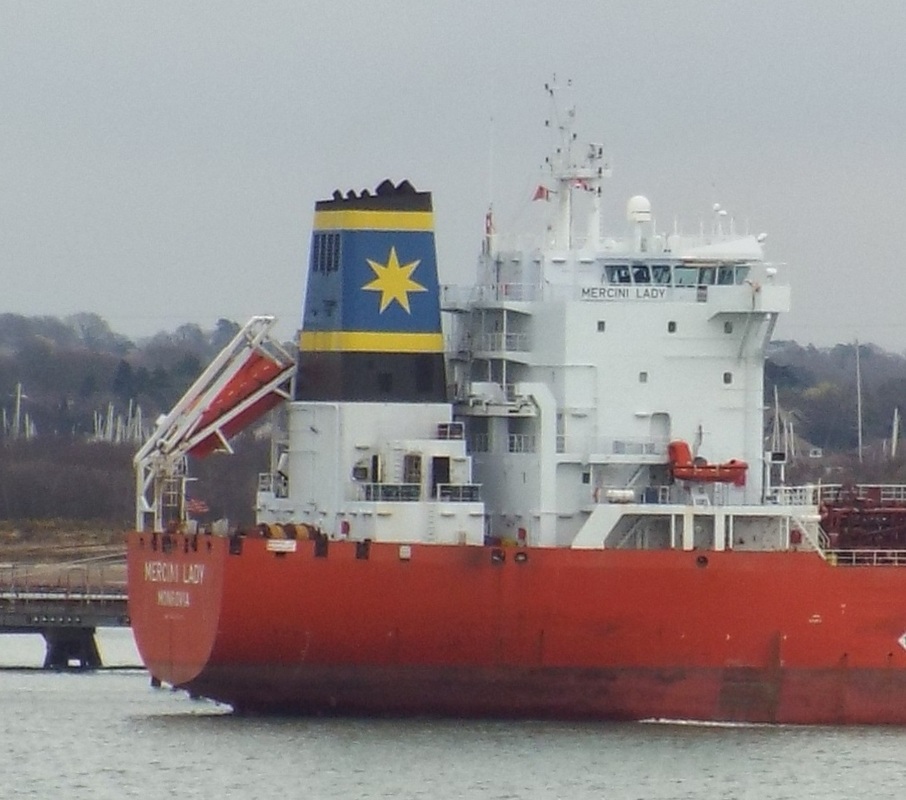
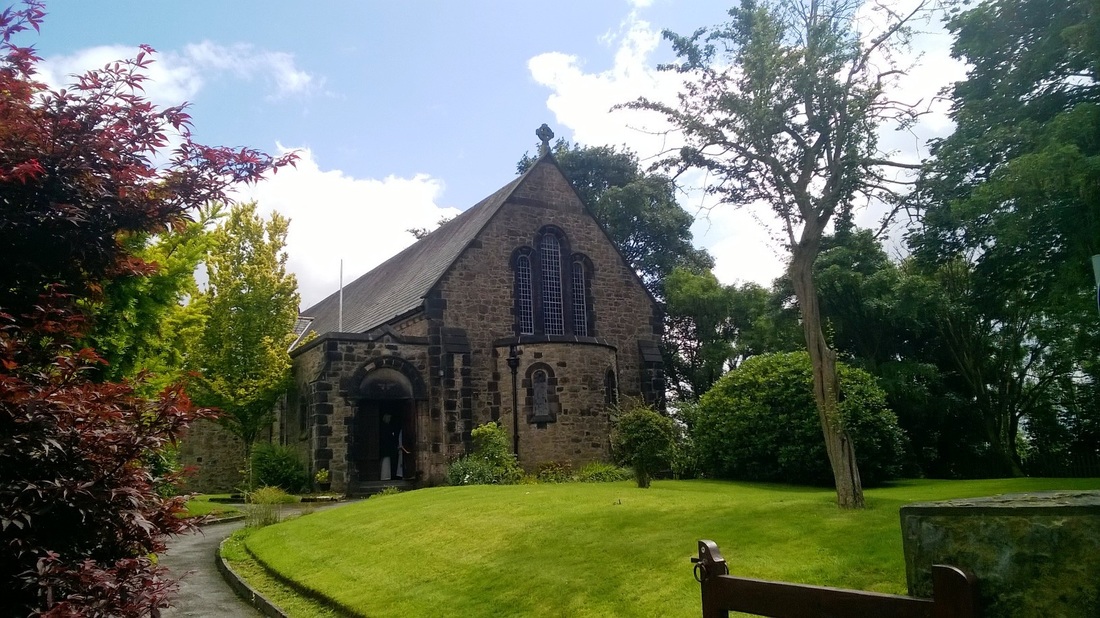
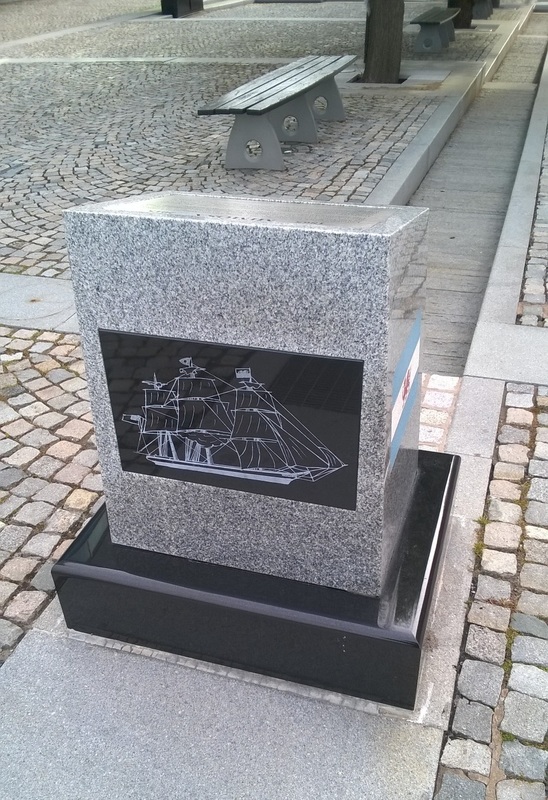
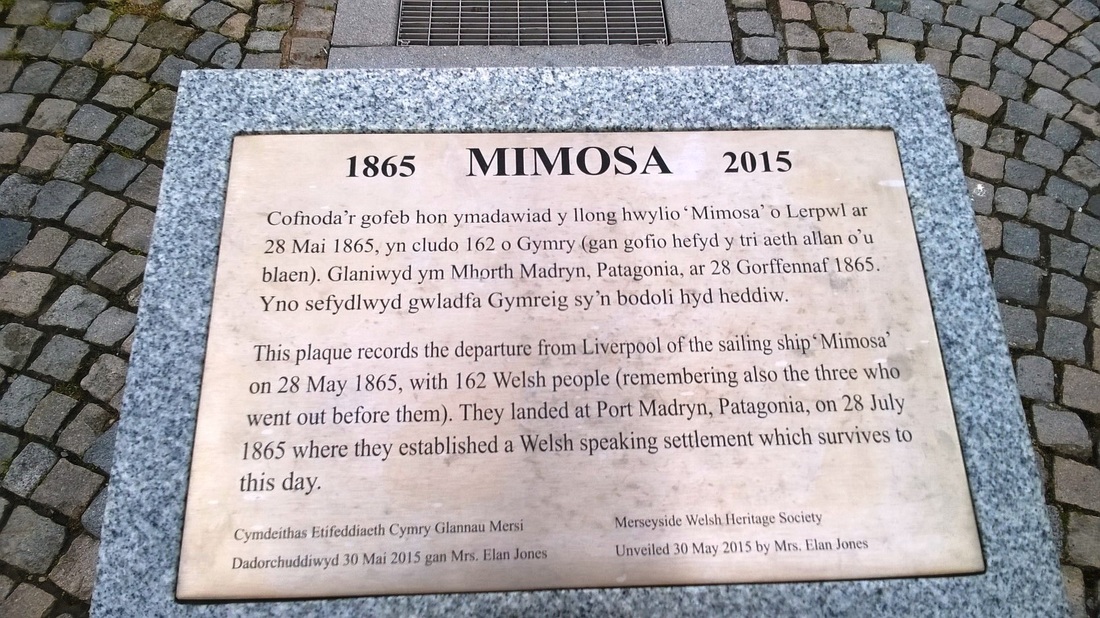
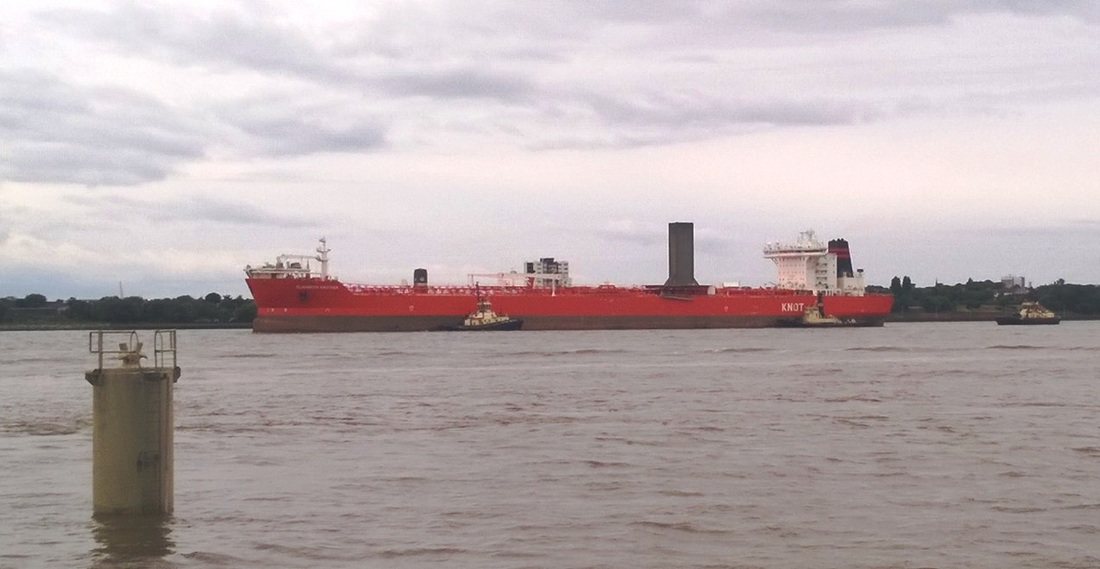
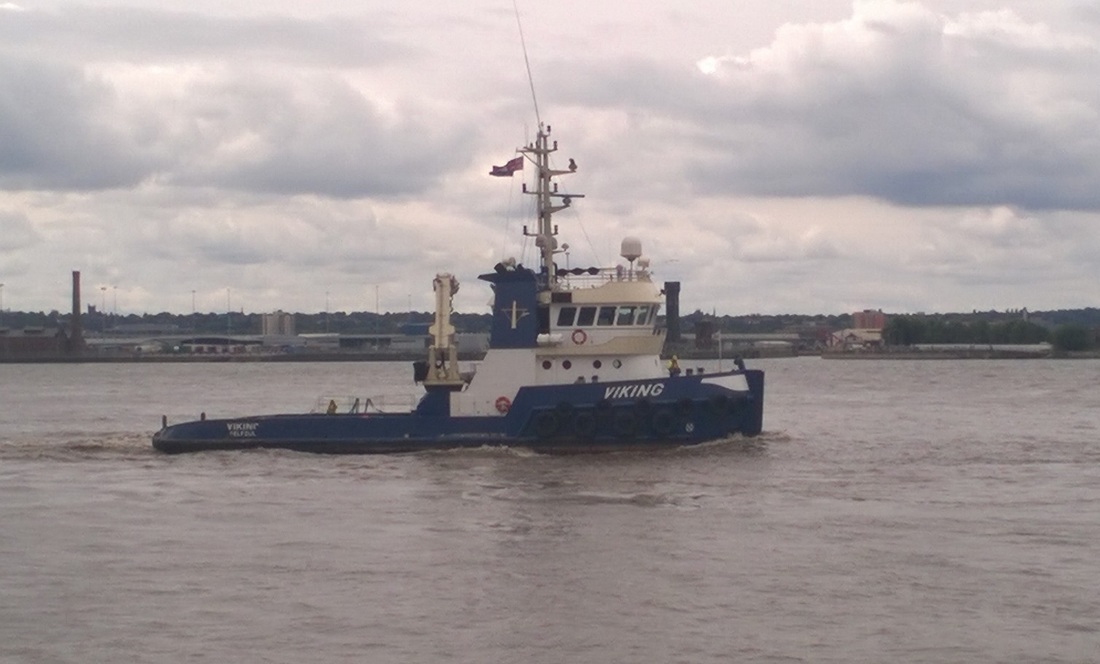
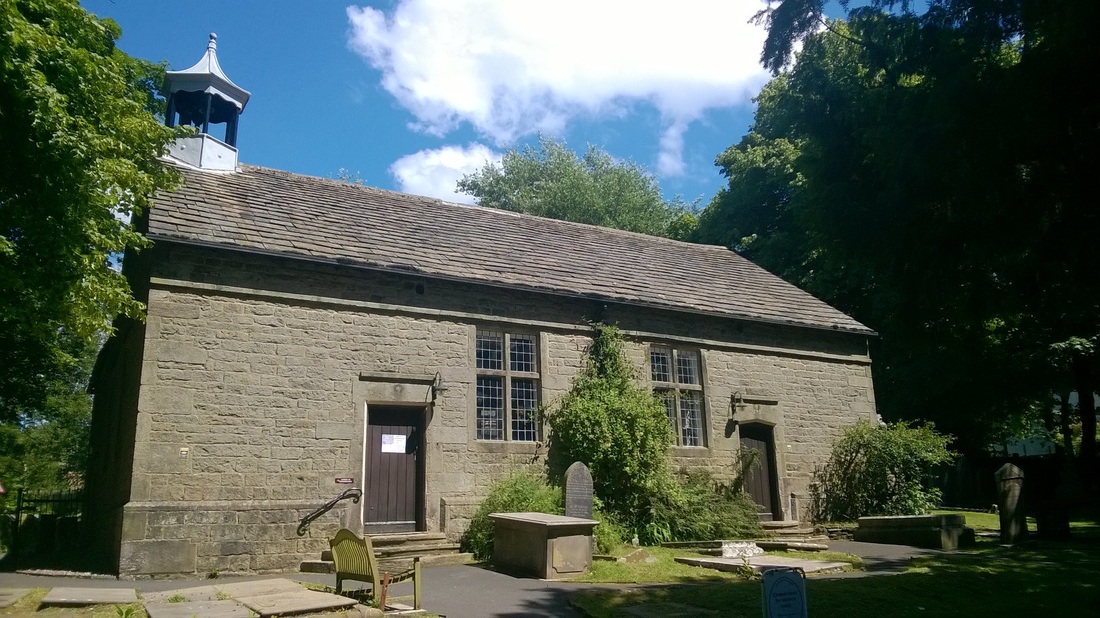
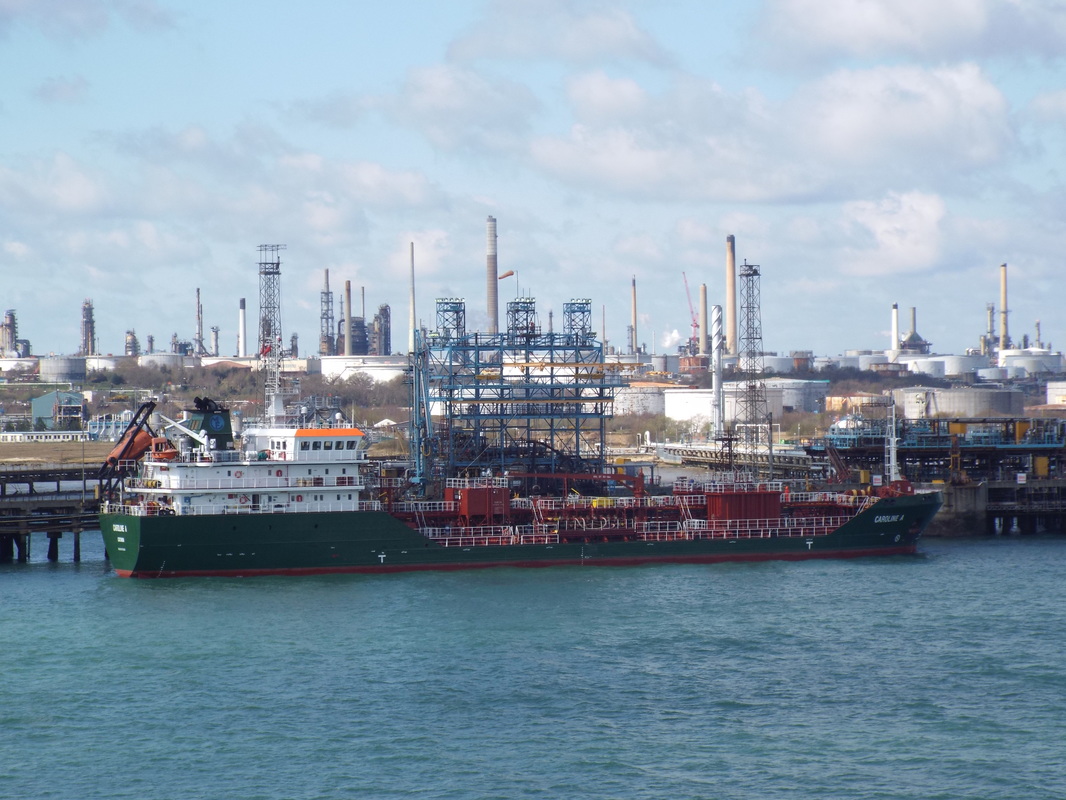
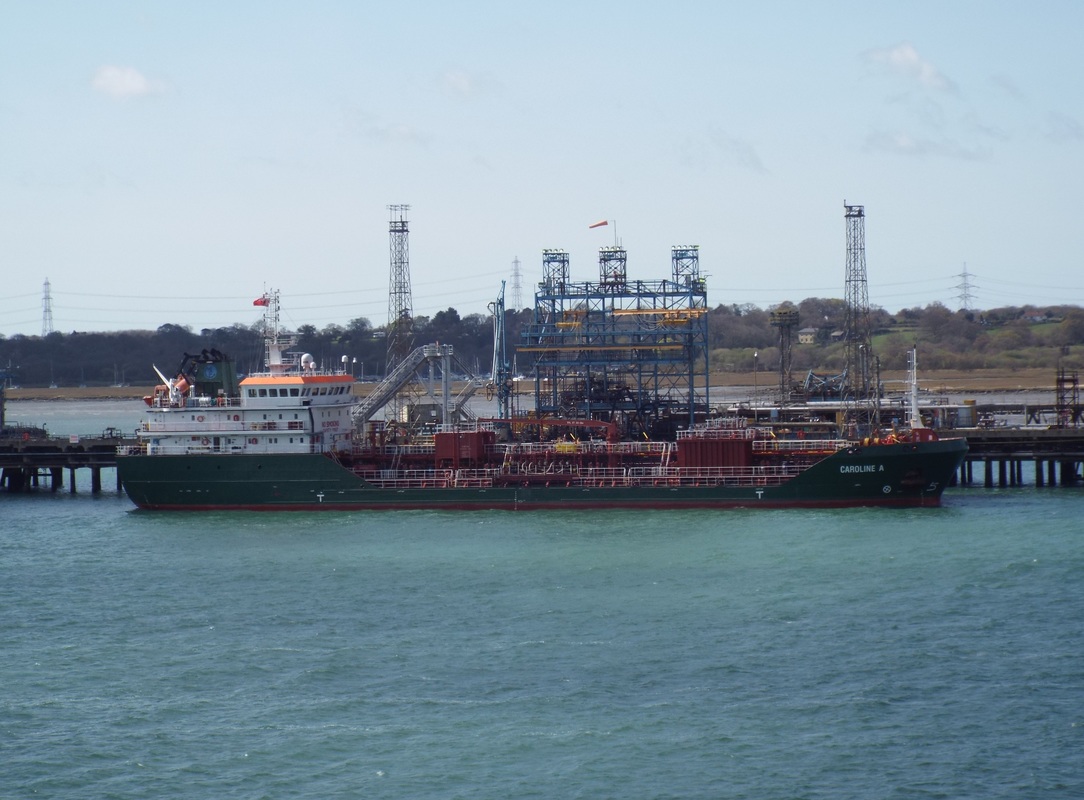
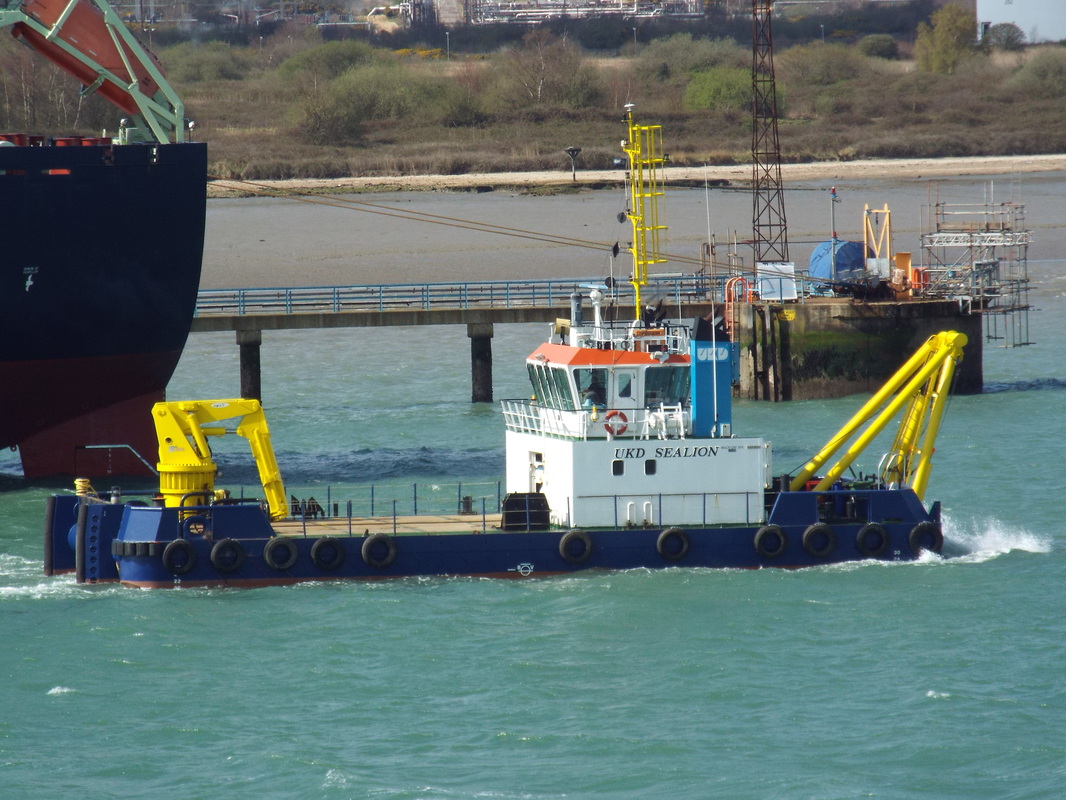
 RSS Feed
RSS Feed
